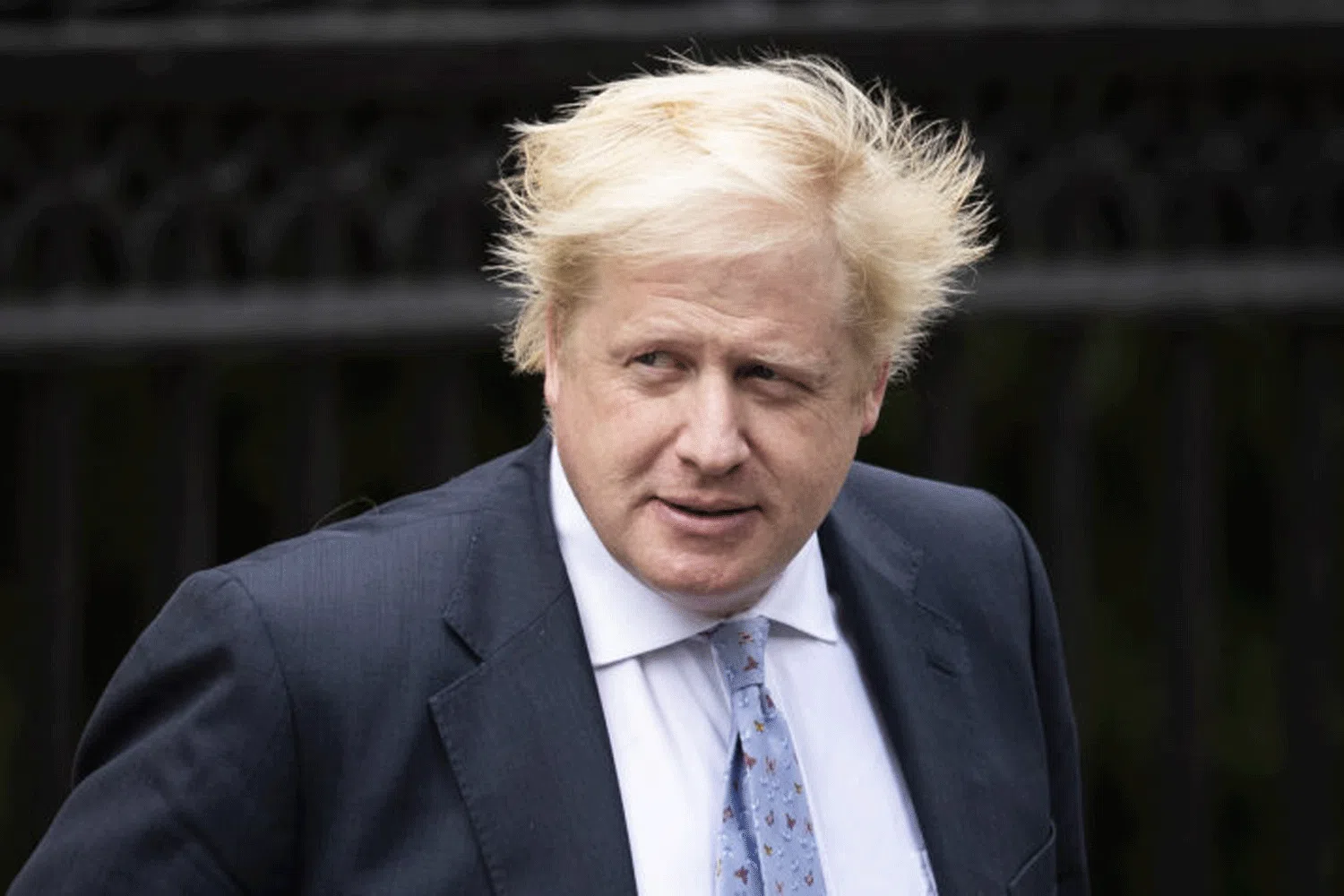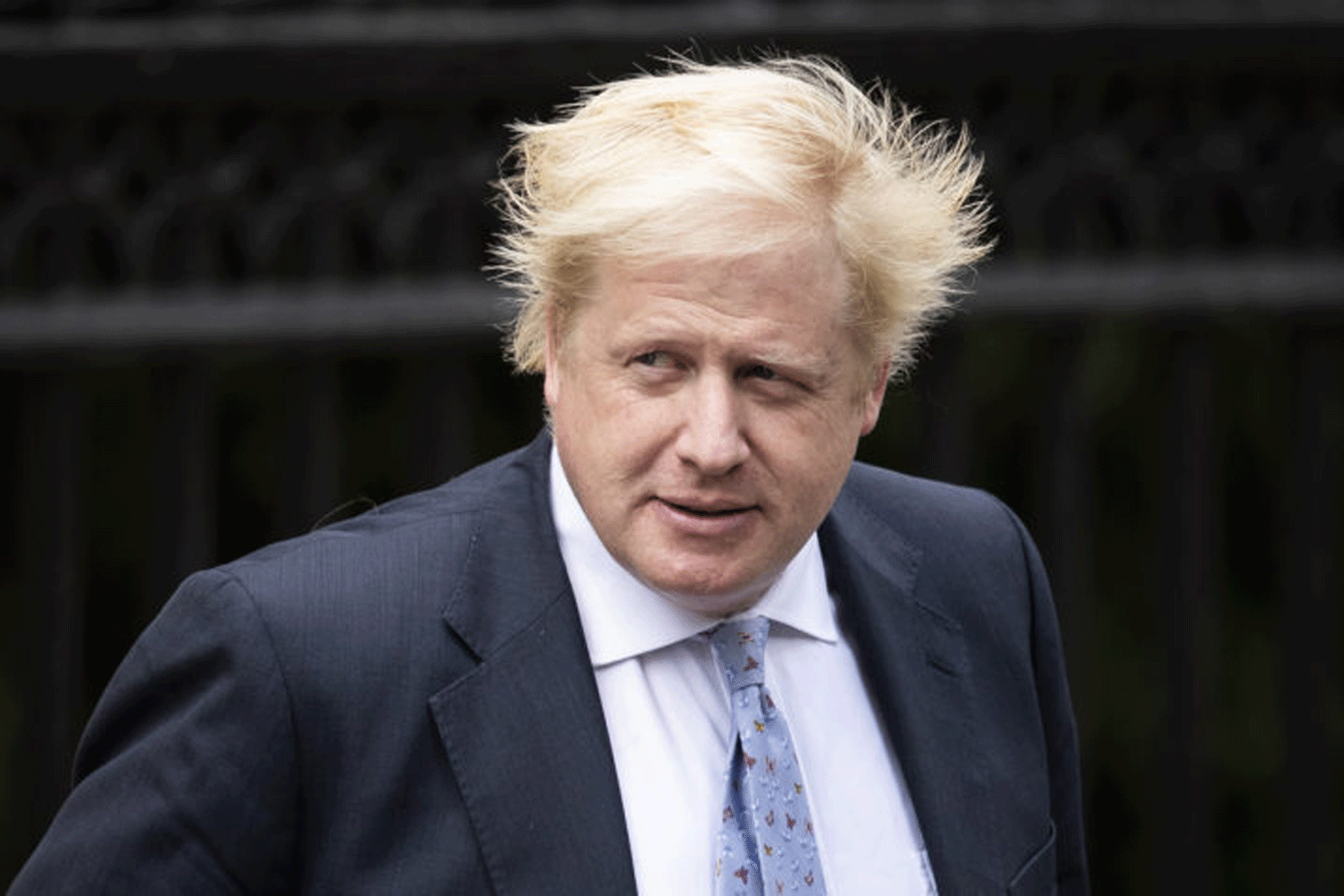

Increase in food prices have pushed consumer price inflation in the United Kingdom to a 40-year high of 9.1% in May, which is the highest rate out of the Group of Seven countries (G7) and one which underlines the severity of the country’s cost-of-living crisis.
According to Reuters, the analysis escalated from 9.0% in April to the present digits according to records from the Office for National Statistics, ONS, showing that May’s inflation was the highest since March 1982, and there is likelihood of worse scenario in the nearest future.
The British currency, Pound Sterling, one of the weakest currencies against the U.S. dollar this year, fell below $1.22, down 0.6% on the day, before later improving.
Some investors evaluated Britain to be at risk of both persistently high inflation and recession, reflecting its large imported energy bill and ongoing Brexit-related friction which could further upset trade ties with the European Union.
A senior economist at the Resolution Foundation think tank, Jack Leslie said, “With the economic outlook so unclear, no one knows how high inflation could go, and how long it will continue for – making fiscal and monetary policy judgements particularly tough.”
Earlier on Wednesday the Resolution Foundation said the cost-of-living challenge for households was being compounded by Brexit, with damaging long-term implications for productivity and wages.
Average pay is not keeping up with inflation and trade unions have warned of widespread strikes in the coming months with railway staff have already staged mass walkouts this week.
Britain’s headline inflation rate in May was higher than in the United States, France, Germany and Italy. While Japan and Canada have yet to report consumer price data for May, neither are likely to come close.










